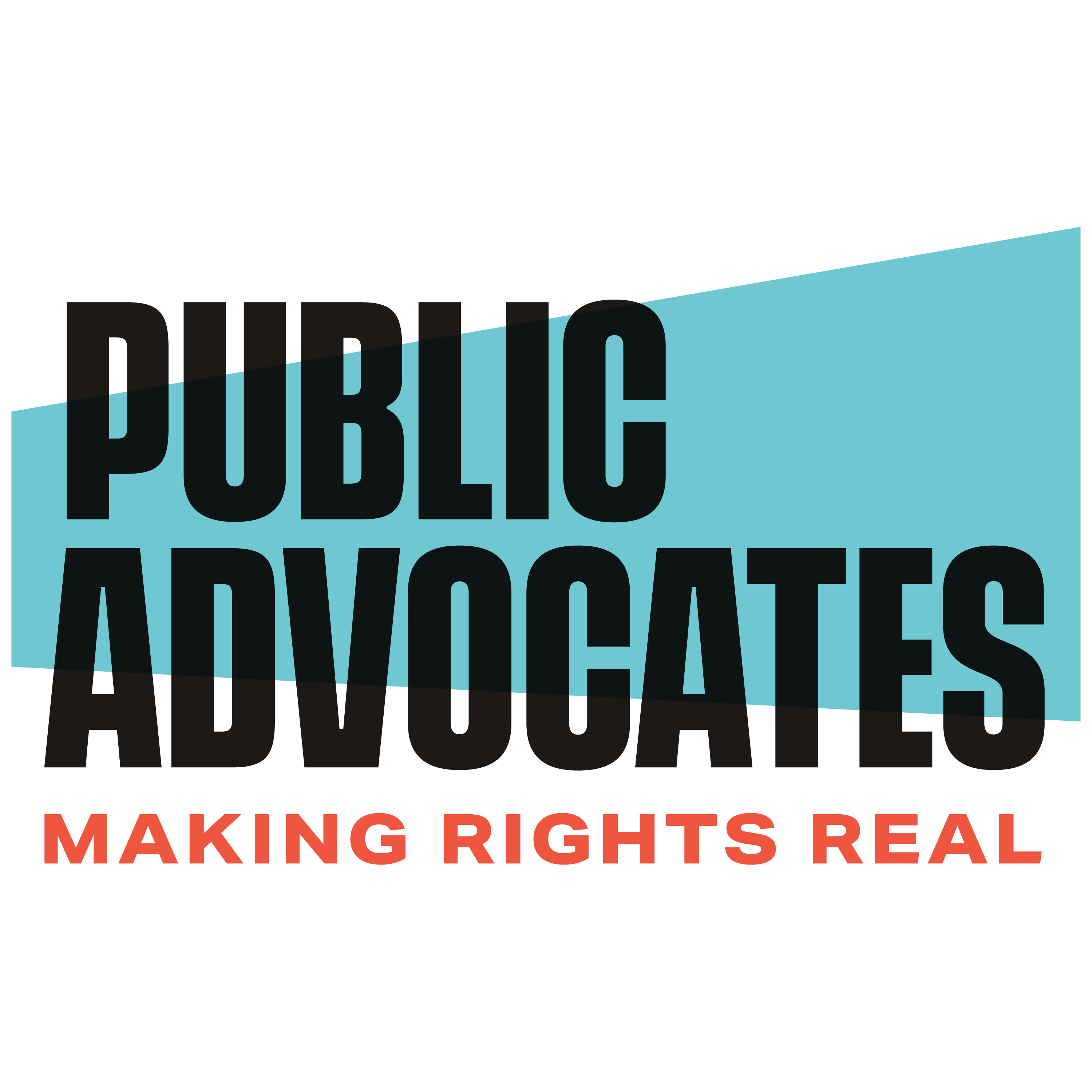PRESS RELEASE
for Immediate Release
August 9, 2016
Counties Must Reject School District Spending Plans that Violate the Law, Public Advocates Warns
Districts reviewed skirt regulations requiring new or improved services that directly benefit high-need students
SAN FRANCISCO— Public Advocates Inc. filed administrative complaints today challenging four California school district spending plans for violating the state’s education reform law. A review by the public interest law firm found the districts’ plans failed to justify how certain expenditures resulted in new or improved educational services for low-income students, English language learners and foster youth. The plans would have a combined impact on 36,000 high-need students, and involve some $47 million in state supplemental education funds.
The districts cited serve less than 55% high-need students who tend to be concentrated in particularly needy schools. Today’s complaints under the state’s Uniform Complaint Procedure (UCP) process, in effect, put the districts on notice that they must revise their plans or risk having them rejected by county education officials.
“School districts are the front line to deliver on the promise of education finance reform in California, and must be held accountable,” said Rigel S. Massaro, staff attorney with Public Advocates. “County education officials have a unique opportunity right now to support those districts that follow the law, and a responsibility to make sure the ones that don’t, go back and revise their plans.”
The districts were examined as part of Public Advocates’ ongoing monitoring of the implementation of the Local Control Funding Formula (LCFF), California’s 2013 education finance reform law. They include Mt. Diablo Unified (in Contra Costa County); Oak Grove Elementary (in Santa Clara County); Santa Barbara Unified (in Santa Barbara County) and Santa Rosa High (in Sonoma County).
One of the most common problems cited in letters to the districts about their draft spending plans was that they spread supplemental funds district wide and offer no justification as to why this is the most effective way to serve high need students, as the law requires. One example is the Mt. Diablo Unified School District in Contra Costa County. In this district, which spreads 100% of its supplemental funds district-wide, there are two schools benefitting in exactly the same way from the funds – one has 8.9% economically disadvantaged students with very good overall performance rates, while the other has 94.4% low-income students whose pupils overall are performing at alarmingly low rates.
“We see districts using the funds for bus safety, for example, with no explanation as to why that is the best use of the funds and how it is providing new or improved services for these particular students,” said Massaro. “Districts could be targeting subsets of schools, or specific high-need students with services based on proven needs. We fear that districts are not prioritizing the needs of these students and hoping that no one is watching, but we are,” she said.
County offices of education are currently in the process of approving school district budgets for the 2016-17 school year which include spending funds generated by high-need students. The deadline for budget approval is August 15th.
Public Advocates also sent two other letters today to County offices of education regarding districts that serve 55% or more high-need students and have used supplemental and concentration funds in highly questionable ways.
One was a letter to the Los Angeles County Office of Education regarding the use of $14.4 million in supplemental and concentration funds in the Long Beach Unified School District, whose student population is comprised of more than 55% high-need students. The letter warned Los Angeles County school officials that the use of these funds for teacher pensions was not allowed under the law, unless it could be justified as principally directed and effective in meeting the district’s goals for low-income students, English language learners and foster youth.
The other letter to the Sacramento County Office of Education, urges the County to reject Sacramento City Unified’s proposal to spend nearly $5 million in current supplemental and concentration funds on teacher salary increases, some unknown portion of which are retroactive to July 2015. While Public Advocates supports the fair compensation of teachers, neither of the proposed expenditures in Long Beach or Sacramento has been justified as providing new or improved services to high-need students.
The review of the school districts cited today is a follow-up to Public Advocates report on spending plans in districts with less than 55% high need students entitled “Keeping the Promise of LCFF in Districts Serving Less Than 55% High-Need Students.” School districts with less than 55% high need students like the ones reviewed comprise 41% of all districts statewide, and together receive more than $1 billion in state supplemental funds.
###
For copies of the four UCP complaints sent today, see here.
For copies of the letters re Long Beach Unified School District and Sacramento City Unified, see here.

